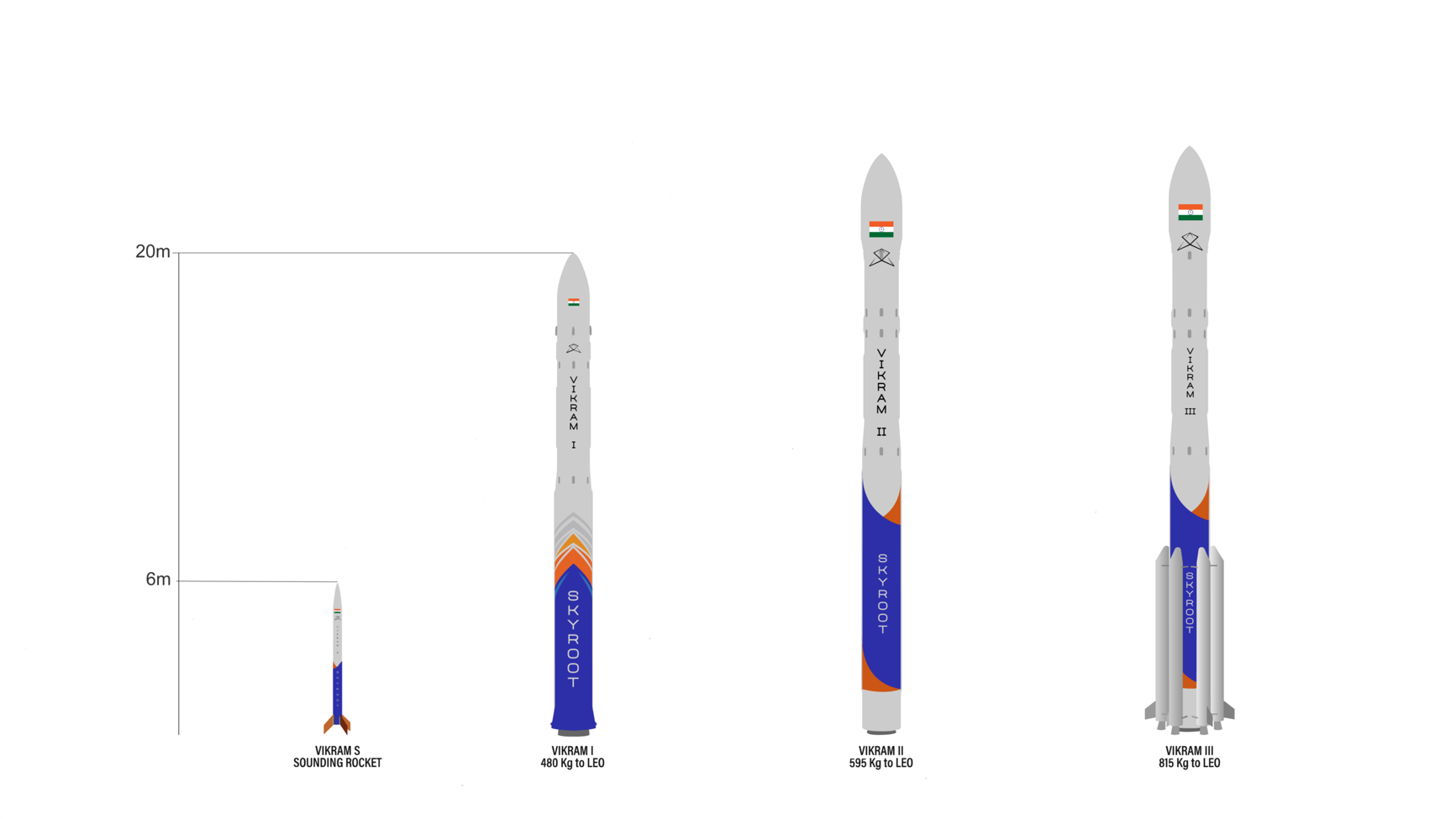Free Courses Sale ends Soon, Get It Now


Free Courses Sale ends Soon, Get It Now



Disclaimer: Copyright infringement not intended.
Context
Details
Technical Specifications
Importance of Stage-2
Significance of the achievement
Future Plans
Vikram family
Overview:
Vikram I:
Development and Testing:
|
PRACTICE QUESTION Q. Vikram series represents a significant advancement in India's indigenous space launch capabilities, with a focus on reliability, affordability, and accessibility for small payloads. Discuss. (150 Words) |
© 2024 iasgyan. All right reserved